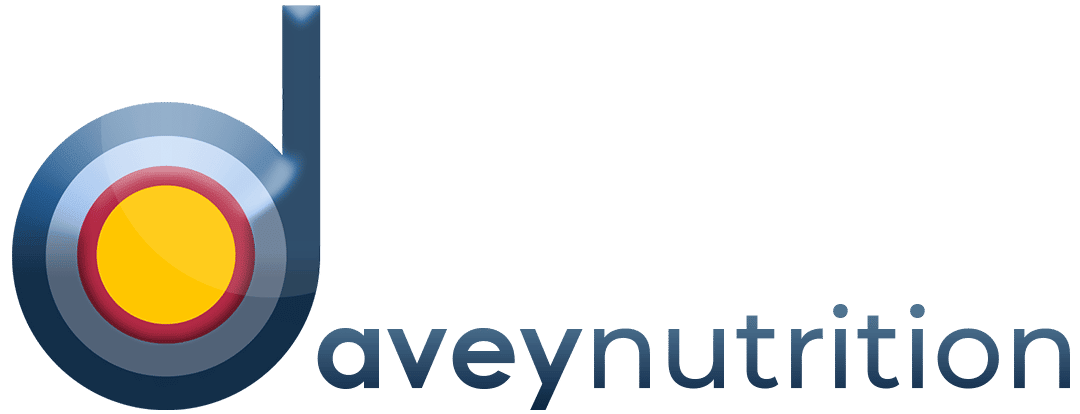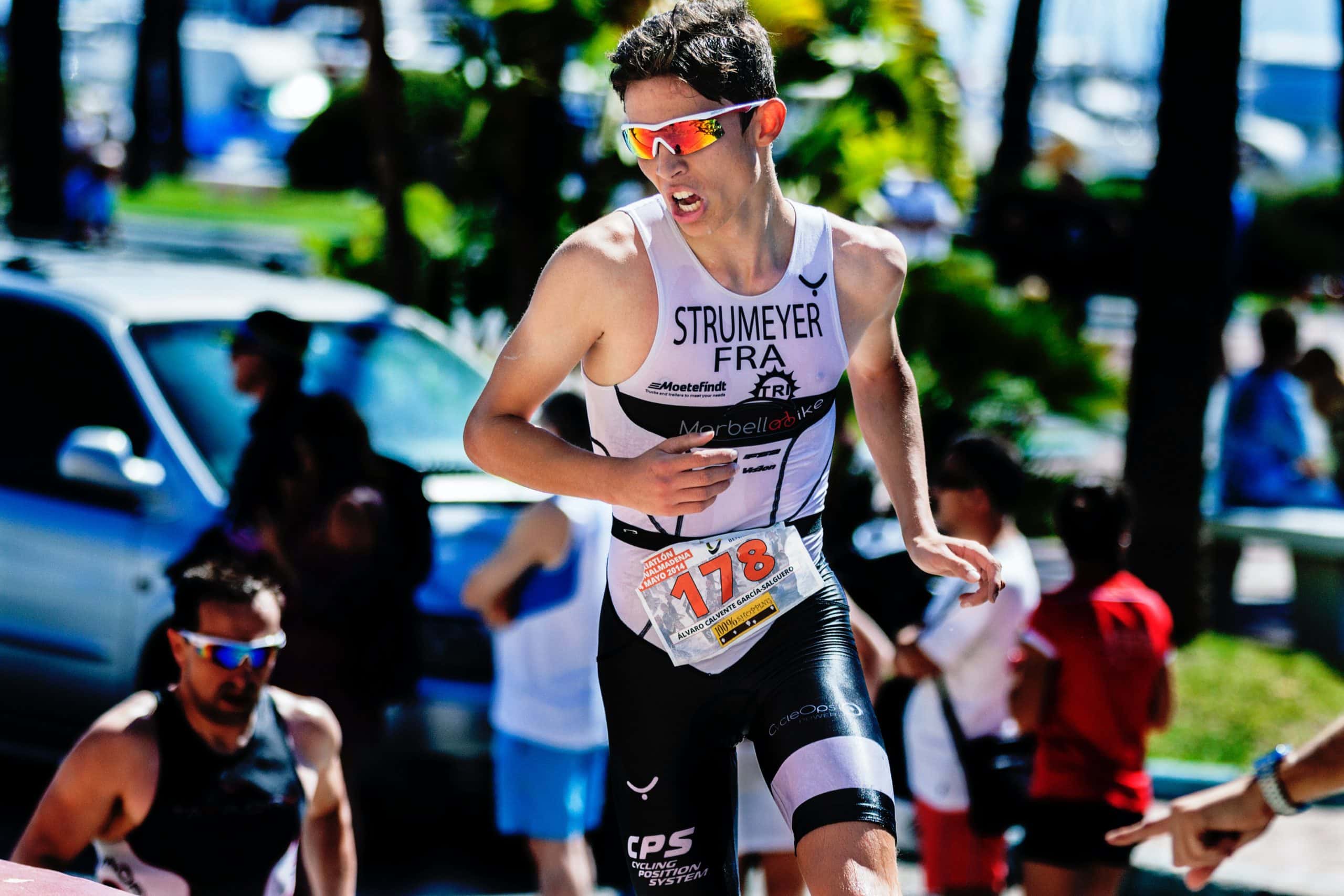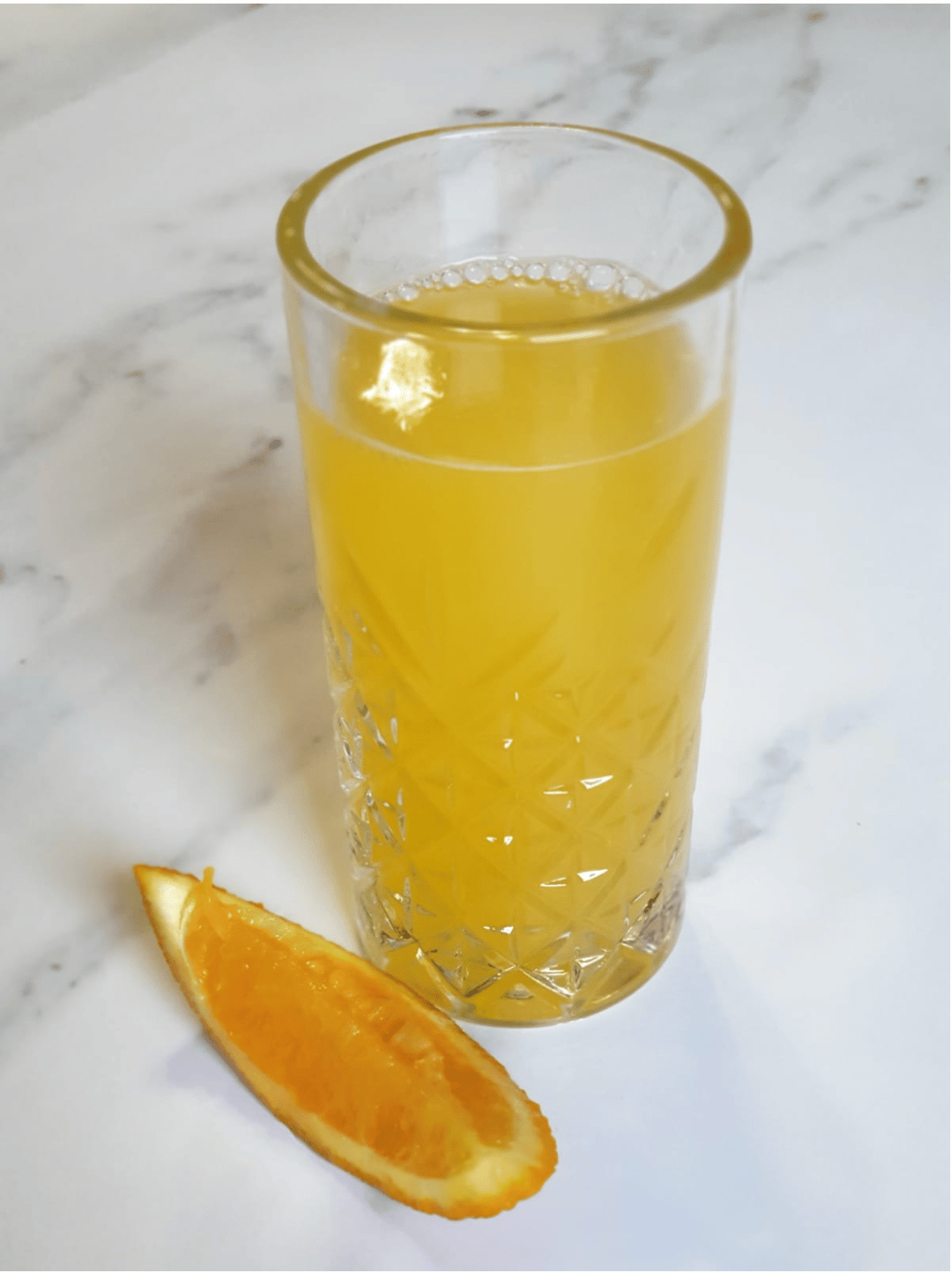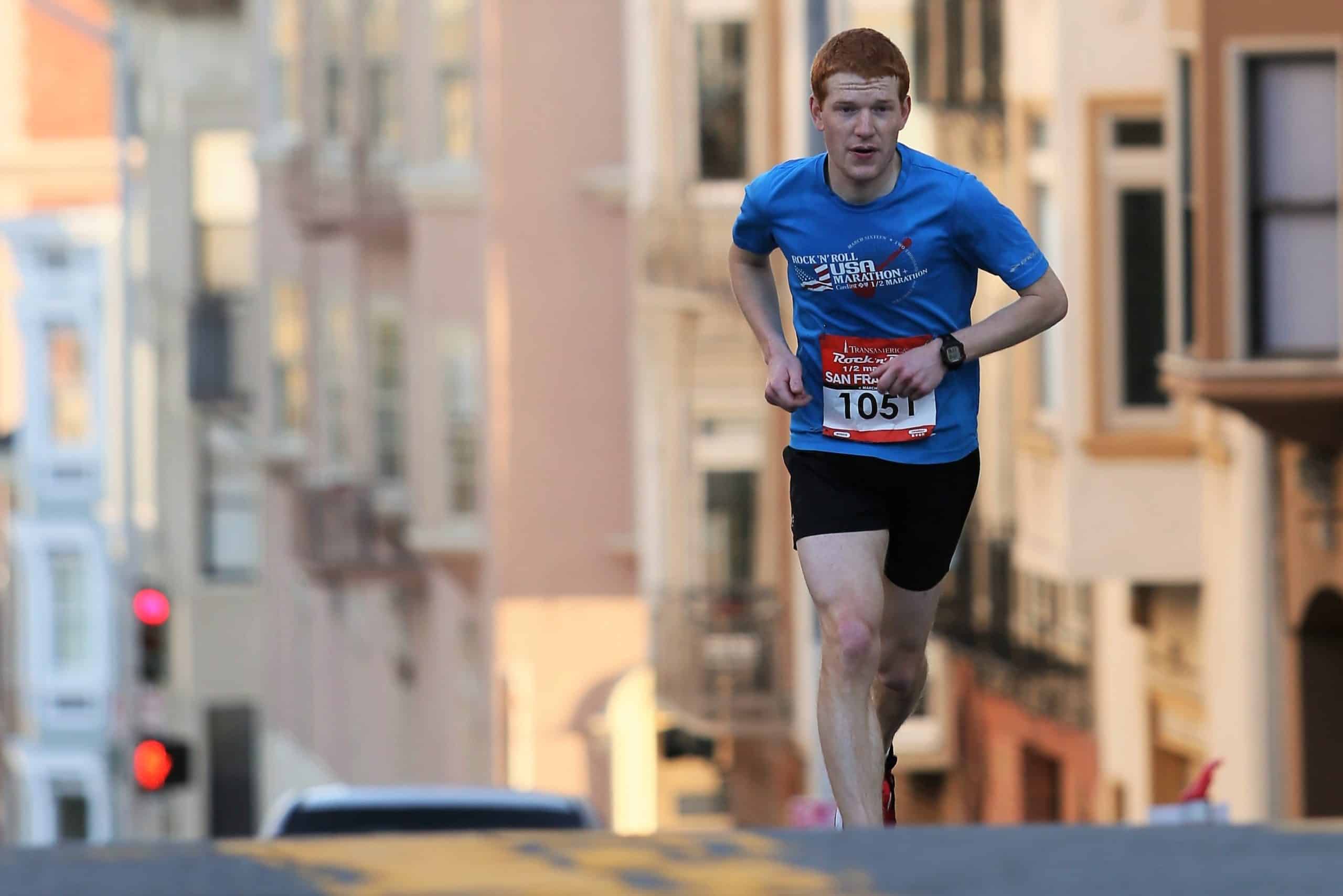In Part 1 of Gastrointestinal Issues in Athletes we discussed the main causes of symptoms and in this blog we will discuss some management strategies to help athletes to minimise the incidence and severity of symptoms. It is important to highlight that symptoms are highly individual and while one management strategy may work for one athlete, it may not work for another. This is why it is imperative that athletes identify their own triggers throughout training and well in advance of an event or competition.
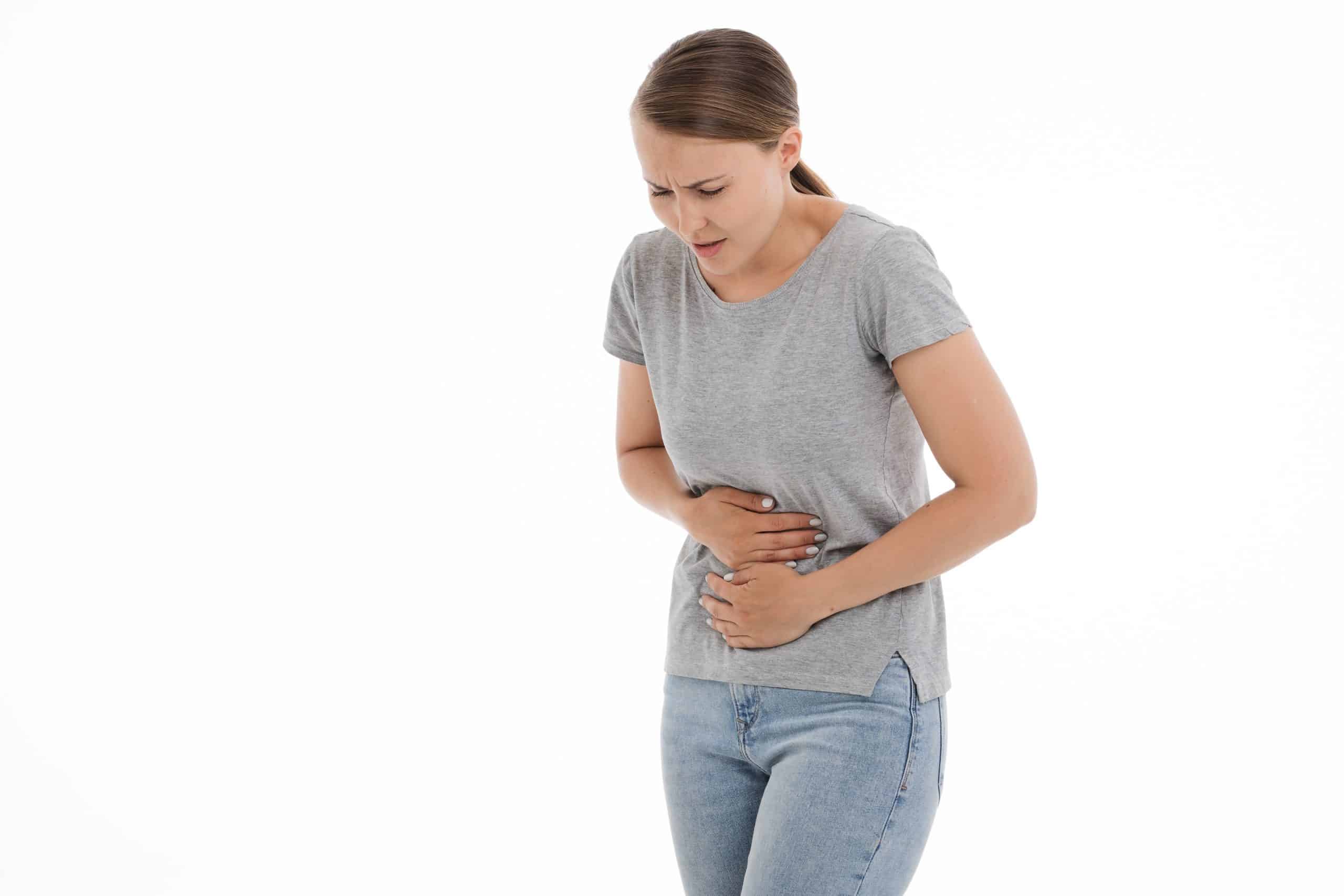
Management strategies:
1) Practice, practice, practice!
It is really important that athletes identify if they suffer from any of these symptoms early in their training and pinpoint potential triggers (highlighted below) which are specific to you. Keeping a note or trackers of symptoms and identifying patterns may be helpful. From this you can put protocols in place to reduce incidence or severity of symptoms well in advance of the event. More experienced athletes tend to report fewer and/or less severe symptoms compared to less experienced athletes.
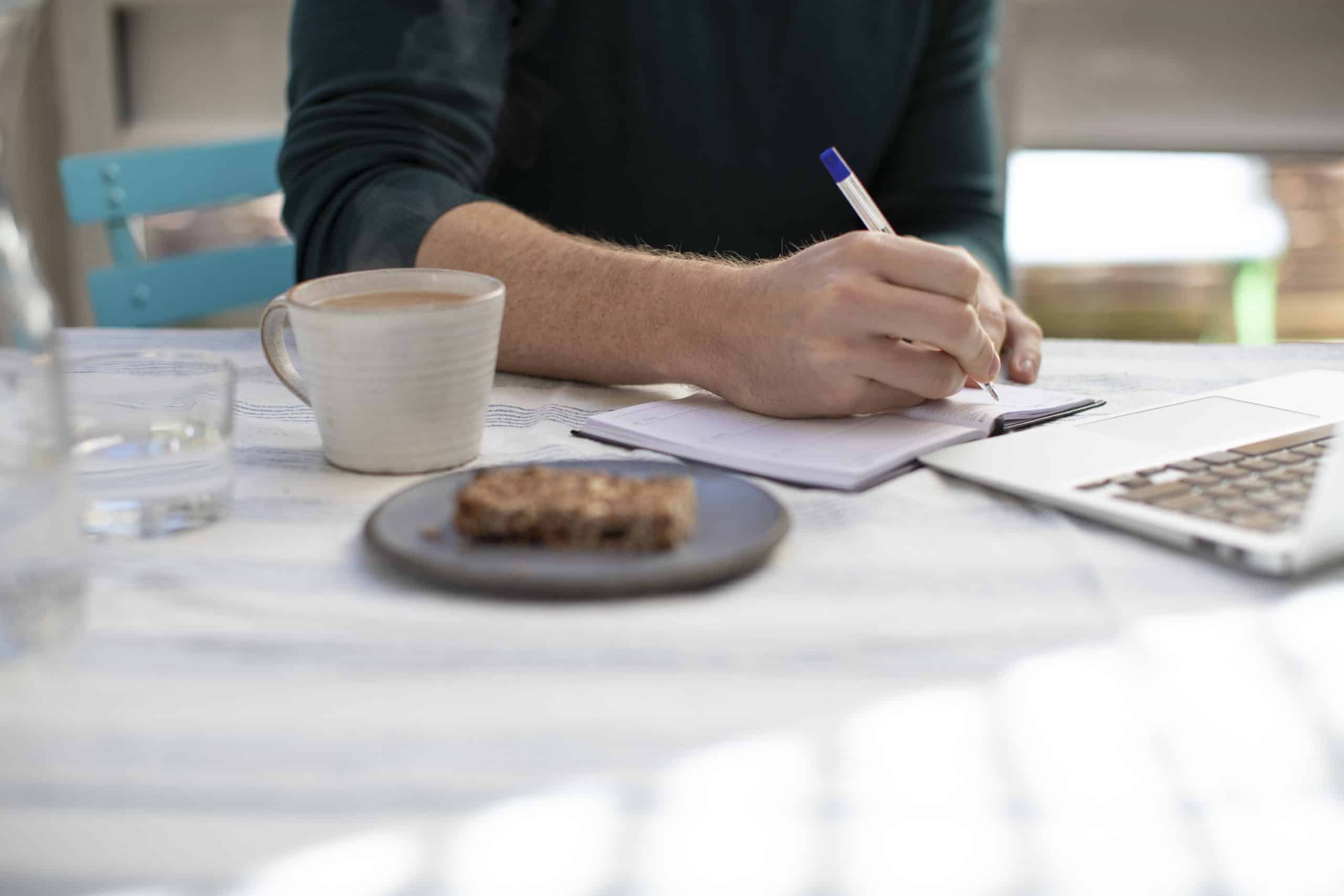 2) Stay hydrated:
2) Stay hydrated:
Maintain adequate hydration during training and the event. Dehydration can lead to reduced blood volume to the gut which may already be compromised. Include hydration protocols in your training schedule and aim to understand your individual sweat rate and fluid loss which may occur depending on the exercise environment. For example, if the event is taking place in June and you are training in February it is important to consider that the temperature will be higher and fluid loss will be higher. For events lasting more than 90 minutes a good idea would be for athletes to weigh themselves before and after training and limit fluid losses to 2-3% of bodyweight. There is some evidence to suggest that drinking large volumes over multiple training sessions may reduce some gut symptoms over time and this is another reason to include a hydration strategy in your training plan. When replenishing fluid stores it is also important to include electrolytes which will have been lost due to sweating.
Check out this blog to understand individual hydration needs.
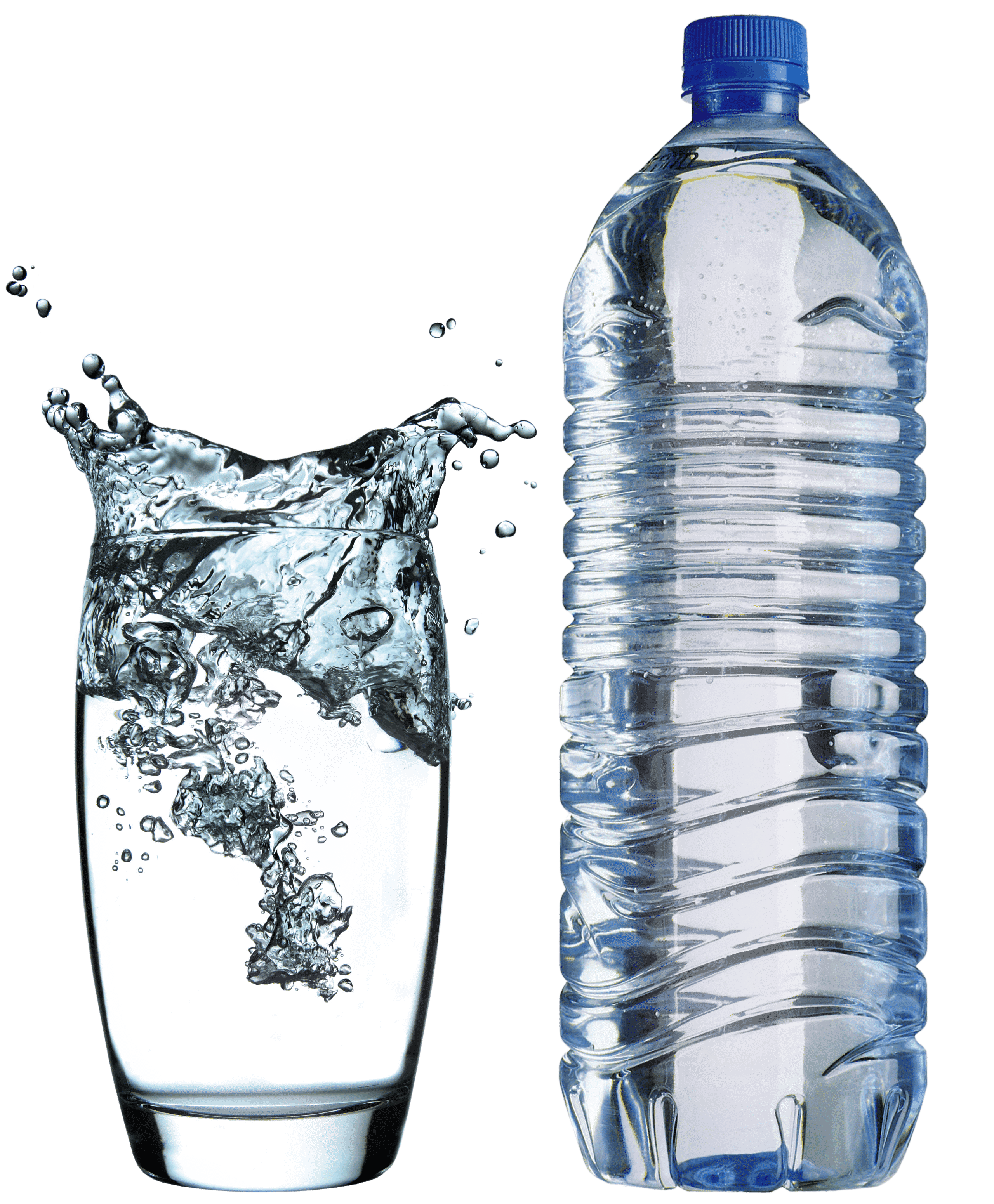 3) ‘Train the gut’
3) ‘Train the gut’
The gut (especially the stomach) can be trained to accommodate larger volumes of food and larger amounts of certain nutrients such as carbohydrate, for example. This may allow the stomach to adapt to larger volumes in a shorter period of time, minimising the severity/incidence of symptoms although research is ongoing in this area. Larger amounts of carbohydrates and fluids can be incorporated into training and slowly increased throughout training weeks to prepare the gut for an event, just as you would prepare the body.
If events are longer (over 2 hours) and require quick boosts of large quantities of carbohydrate and water (eg: marathons) there is emerging evidence to suggest that certain mixes of carbohydrates may be better tolerated in combination with ‘training the gut’. We will look at these carbohydrate mixes in more detail later.
 4) Consider food type, volume and timing:
4) Consider food type, volume and timing:
Food types, volume and timing in the lead up to training or event are hugely important. Reducing fat, protein, fibre, fructose and dairy in the 24-48 hours before an event and increasing carbohydrate is key in order to fuel performance. In these critical hours prior to an event or higher-intensity training session your main source of fuel ( ~70% of total energy intake) should be coming from carbohydrates which are lower in fibre. The aim here is to maximise stored carbohydrate (known as glycogen) in the body in preparation for higher intensity and/or longer duration activities (over 60 minutes of activity at 65% – 80% VO2 max). The International Society of Sports Nutrition (ISSN) recommends carbohydrate intake of 8-12g per kg of bodyweight per day in order to maximise glycogen stores in this preparation phase. It is important to note that longer endurance events will need a longer preparation phase (ie; longer than 24hrs in some cases). Check out some pre-performance, high carbohydrate and low fibre recipes using the ‘Nutrition Goal’ drop down box on the recipe page. We also have a wide range of meal plans specific to competition preparation.
The amount of food consumed prior to training or an event (known as the volume of food) will impact on the incidence and/or severity of symptoms in certain people. We all know that feeling of eating too much, feeling full and sluggish as we head out for a training session or event. To avoid this it is important to eat slowly and mindfully, chew the food thoroughly and identify the volume of food that suits you in the pre-training or event main meal and snack. Remember that on the day of a game or an event more is not always best and while we need energy to supply the body with fuel having a very large volume of food may increase symptoms. The preparation in terms of maximising available energy before a long duration or higher intensity training session or event occurs in the 24-48 hours prior to the event. On the day of the event the aim should be to ‘top up’ the energy stores which can be achieved by a lower volume of the right types of food at the right time for that specific individual.
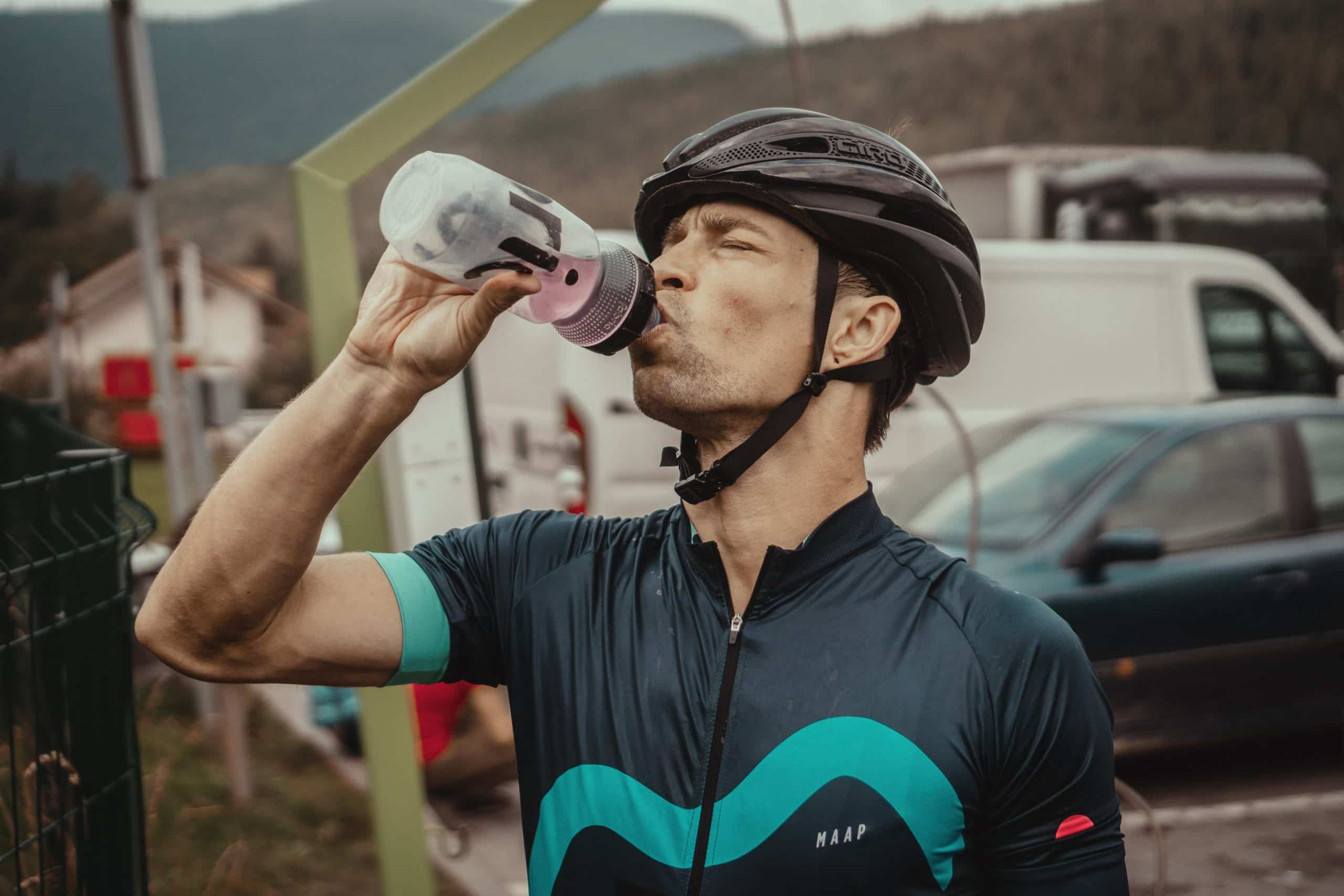 The pre-event meal should be consumed about 3-4 hours before the event and should aim to top up stores of glycogen which you have maximised in the preparation days in the days prior. However, some people may need longer than 4 hours to fully digest the pre-event meal and to avoid any symptoms. This will come from practice and identifying how close to the event you, as an individual, can tolerate the meal. This meal should contain primarily carbohydrate and a little protein to aid recovery. An example of this could be Competition Day Chicken Noodles or Blueberry and Banana Oat Pancakes. Using the ‘activity type’ filter and choosing ‘intense exercise’ on the recipe page will identify a wide range of other suitable recipes for this meal.
The pre-event meal should be consumed about 3-4 hours before the event and should aim to top up stores of glycogen which you have maximised in the preparation days in the days prior. However, some people may need longer than 4 hours to fully digest the pre-event meal and to avoid any symptoms. This will come from practice and identifying how close to the event you, as an individual, can tolerate the meal. This meal should contain primarily carbohydrate and a little protein to aid recovery. An example of this could be Competition Day Chicken Noodles or Blueberry and Banana Oat Pancakes. Using the ‘activity type’ filter and choosing ‘intense exercise’ on the recipe page will identify a wide range of other suitable recipes for this meal.
 Eating too close to the event may lead to poor absorption and digestion of meals which can cause discomfort for some athletes. This happens because the blood that was needed for digestion and absorption is preferentially sent to the working muscles during exercise. A snack which is light, easily digestible and provides a boost of energy prior to exercise may be consumed within 30-60 minutes before exercise but only if you can tolerate food at the point. Some examples of this snack could be: jaffa cakes, rice cakes with honey or jam, some dried fruit, jellies or a sports drink. Be mindful that some sports drink or better tolerated than others as explained below.
Eating too close to the event may lead to poor absorption and digestion of meals which can cause discomfort for some athletes. This happens because the blood that was needed for digestion and absorption is preferentially sent to the working muscles during exercise. A snack which is light, easily digestible and provides a boost of energy prior to exercise may be consumed within 30-60 minutes before exercise but only if you can tolerate food at the point. Some examples of this snack could be: jaffa cakes, rice cakes with honey or jam, some dried fruit, jellies or a sports drink. Be mindful that some sports drink or better tolerated than others as explained below.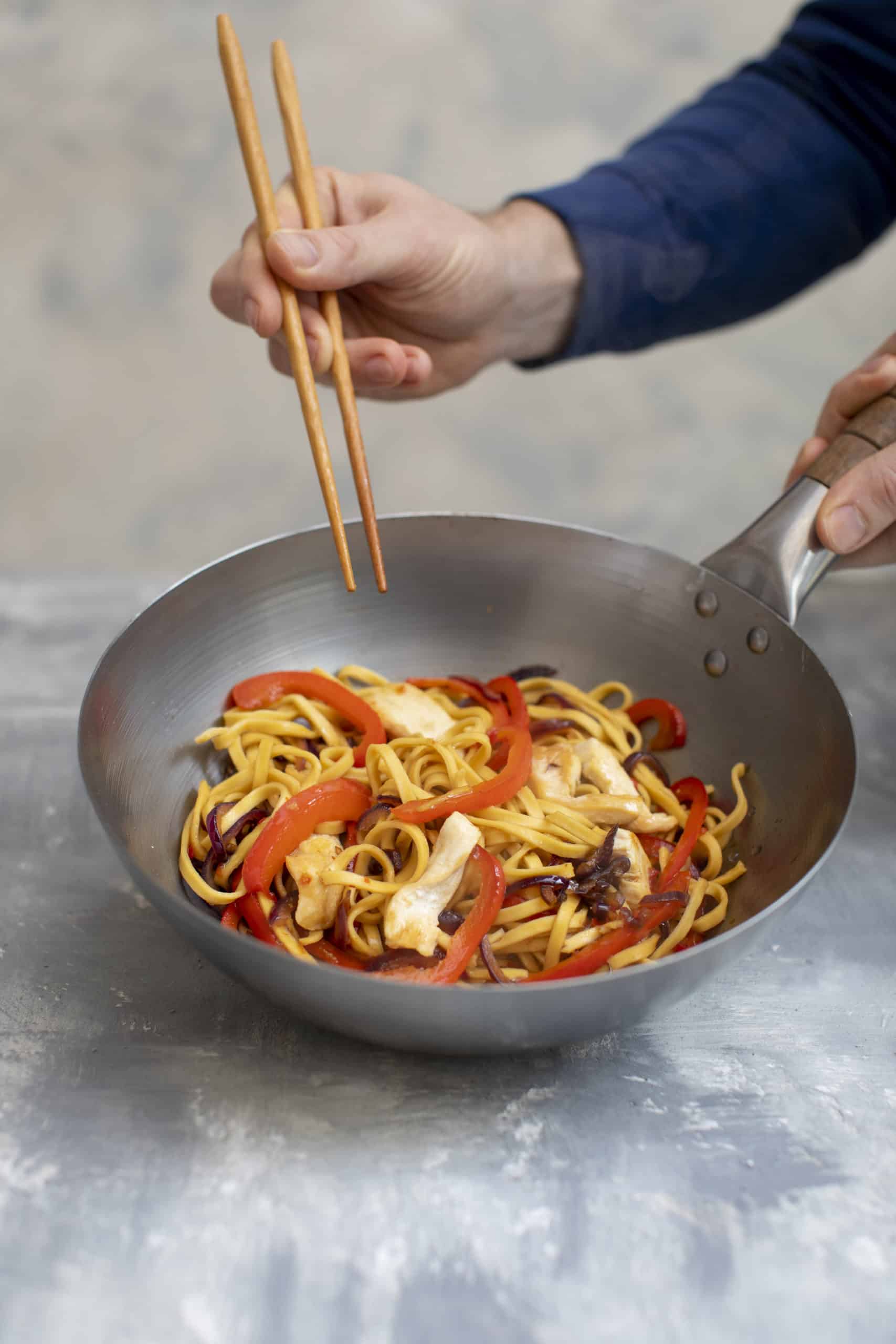 5) Some carbohydrates are more easily digested during exercise:
5) Some carbohydrates are more easily digested during exercise:
Gels and other high carbohydrate solutions are regularly used for long duration and higher intensity activities. In terms of carbohydrate consumption during exercise, around 60g of carbohydrate per hour is adequate for exercise lasting up to 2 hours. Beyond 2 hours 90g of carbohydrate per hour is recommended. Furthermore, the evidence suggests that a mix of carbohydrates (such as glucose and fructose together) may be a better choice rather than glucose alone in terms of reducing incidence of GI discomfort especially if you are consuming >50g per hour. If you are consuming a sports drink before, during or after an event it is important that you trial a range of these during training and to be aware that only one brand my be available on the day so bringing your own may be necessary if that brand doesn’t ‘agree’ with you. Check out our homemade sports drink recipes available on our Recipe Page!
 6) Avoid aspirin and non-steroidal anti-inflammatory drugs (NSAIDS) such as ibuprofen should be avoided in the days leading up to an event as these may increase incidence of GI symptoms, particularly in athletes who have previously reported experiencing symptoms.
6) Avoid aspirin and non-steroidal anti-inflammatory drugs (NSAIDS) such as ibuprofen should be avoided in the days leading up to an event as these may increase incidence of GI symptoms, particularly in athletes who have previously reported experiencing symptoms.
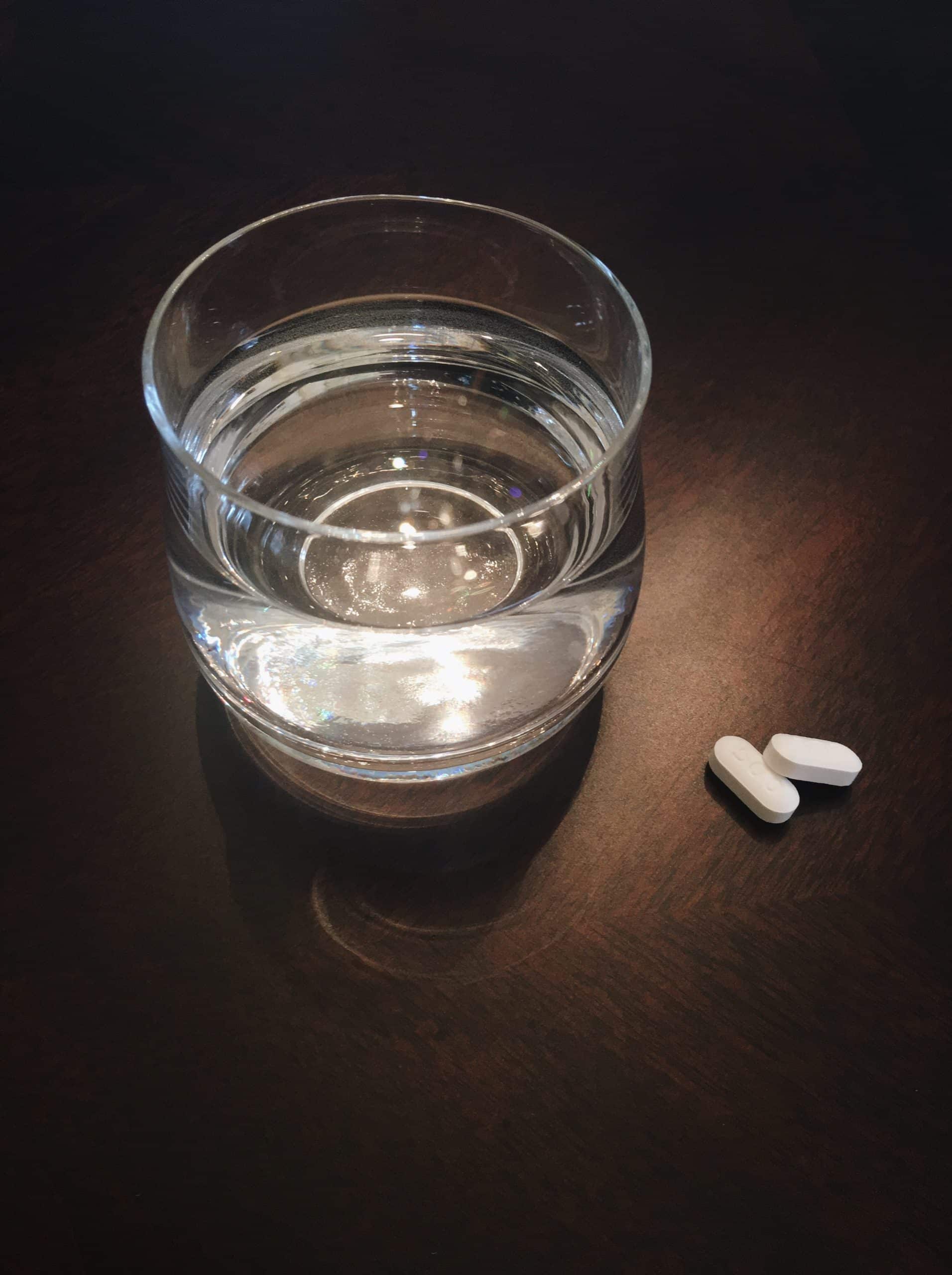 7) Consider a short-term low FODMAP diet:
7) Consider a short-term low FODMAP diet:
Adopting a short-term low FODMAP diet may be beneficial for some athletes, particularly those who have adopted the above approaches and still suffer with GI symptoms as a result of training. ‘FODMAPs’ refer to Fermentable, Oligosaccharide, Disaccharide, Monosaccharide and Polyols which are found in certain carbohydrate foods and can cause more water to be taken up by the intestines. For some people, ingestion of certain FODMAPs can cause diarrhea and other GI symptoms such as bloating and flatulence as these FODMAPs are fermented quite quickly in the digestive system, increasing gas production. Some foods which are higher in FODMAPs include garlic, beans, onion, processed meats, some fruits like peaches, watermelon and blackberries and breads or muffins containing gluten. A low FODMAP diet is often prescribed for people who experience Irritable Bowel Syndrome (IBS) but recent studies have indicated that a short-term low FODMAP diet may be beneficial for the athletes mentioned above. Adopting this approach involves restriction and reintroduction of certain foods (such as those mentioned) so it is important for athletes to work with a practitioner to ensure this is done effectively, safely and without compromising health and training.
 8) Aim to reduce stress and anxiety as much as possible in the lead up to an event to reduce potential impact on the gut. Prolonged periods of stress can lead to an impaired immune system and may lead to a reduction in overall performance and increased need for recovery. Practicing techniques which help you to remain calmer should be a part of your overall training regime. These could include mindful practices, deep breathing, light stretching or listening to some music which helps calm the mind. Find out what techniques work for you and help you to avoid anxious or stressful thoughts and feelings.
8) Aim to reduce stress and anxiety as much as possible in the lead up to an event to reduce potential impact on the gut. Prolonged periods of stress can lead to an impaired immune system and may lead to a reduction in overall performance and increased need for recovery. Practicing techniques which help you to remain calmer should be a part of your overall training regime. These could include mindful practices, deep breathing, light stretching or listening to some music which helps calm the mind. Find out what techniques work for you and help you to avoid anxious or stressful thoughts and feelings.
In addition, avoiding certain stimulants such as caffeine and ensuring you are well hydrated may help to reduce symptoms related to stress and anxiety. An important factor to consider alongside stress reduction is sleep. This blog explains the importance of sleep for health and performance.
 9) Practice emptying the bowels prior to training and in preparation for a competition day. Drinking a warm drink in the morning before can help to stimulate bowel movements for some people. Emptying the bowels early in the day, prior to the event or training session may alleviate some associated anxiety or stress. Practicing strategies surrounding nutrition, hydration and managing anxiety and stress will all help to reduce inciddence and severity of symptoms.
9) Practice emptying the bowels prior to training and in preparation for a competition day. Drinking a warm drink in the morning before can help to stimulate bowel movements for some people. Emptying the bowels early in the day, prior to the event or training session may alleviate some associated anxiety or stress. Practicing strategies surrounding nutrition, hydration and managing anxiety and stress will all help to reduce inciddence and severity of symptoms.
 If symptoms are persistent and causing pain or impacting your lifestyle and/or training you should consult your GP to rule out any underlying conditions.
If symptoms are persistent and causing pain or impacting your lifestyle and/or training you should consult your GP to rule out any underlying conditions.
In summary, many athletes will experience one or more of the symptoms above during training or a competition and these will vary between individuals and different exercise types. Management strategies should be put in place during training and practiced over time to ensure the needs of a specific athlete are met and the impact of any symptoms on performance and health are minimised.
